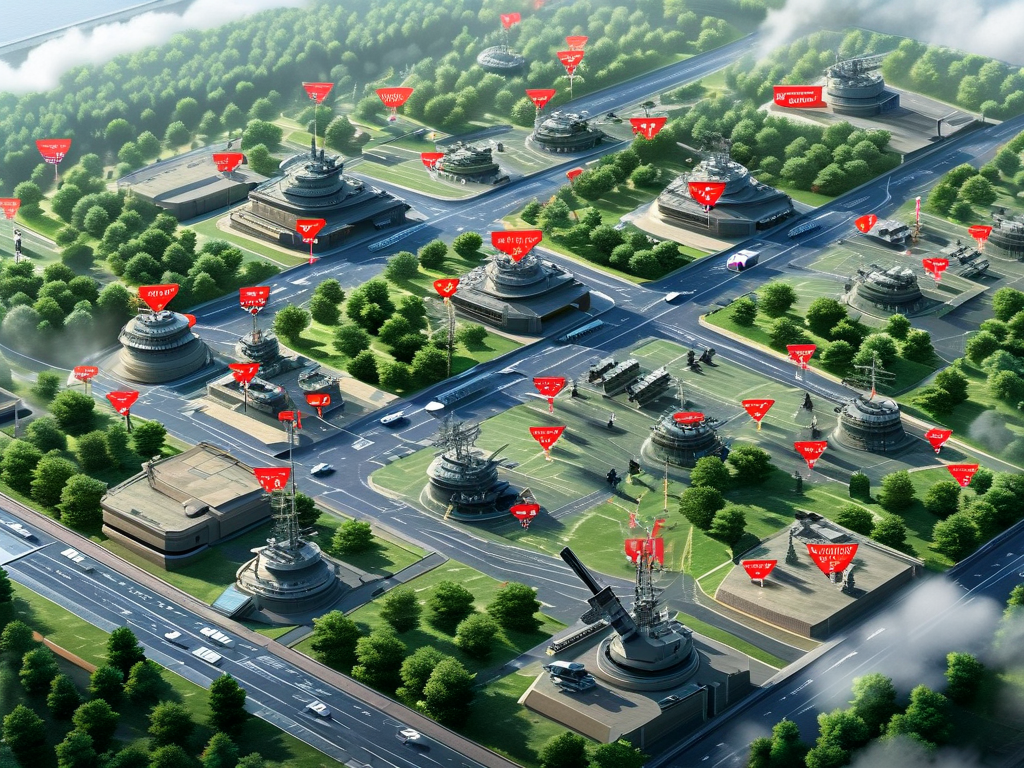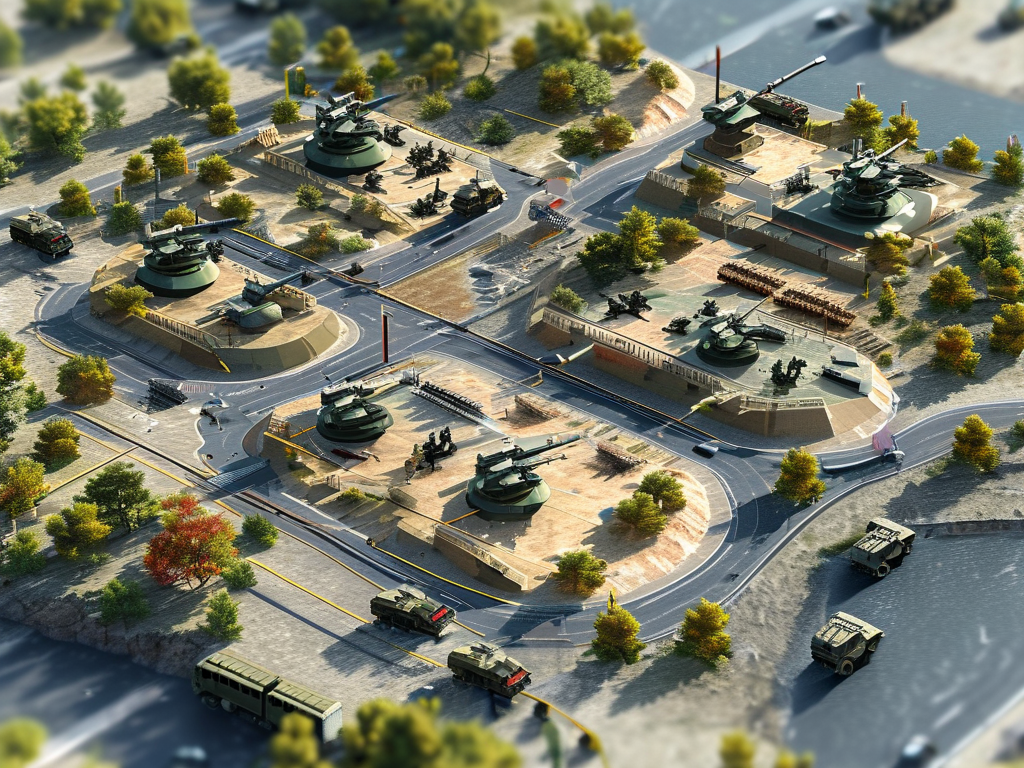The evolution of military planning has entered a transformative phase with the integration of automated systems into strategic operations. At the forefront of this shift lies the development of AI-driven tools capable of generating and optimizing combat deployment diagrams – a critical component in modern warfare preparedness. These solutions are redefining how defense organizations approach mission planning, resource allocation, and real-time decision-making.
Traditional methods of creating operational blueprints relied heavily on manual processes, requiring hours of human analysis to account for variables like terrain data, enemy positioning, and supply chain logistics. Military planners often worked with static maps and spreadsheet-based calculations, leaving room for human error and delayed responses to dynamic battlefield conditions. The emergence of automated deployment design systems addresses these limitations through algorithmic processing and machine learning capabilities.
Modern automated deployment platforms utilize three core technological pillars:
- Geospatial intelligence integration through satellite imagery and IoT sensor networks
- Predictive analytics engines powered by neural networks
- Real-time data synthesis frameworks
These components work in concert to process terabytes of environmental data, historical conflict patterns, and live intelligence feeds. For instance, a deployment algorithm might cross-reference urban topography models with weather patterns to suggest optimal artillery positions, while simultaneously calculating evacuation routes for civilian populations.
The architecture of these systems typically follows a modular design pattern:
class DeploymentOptimizer:
def __init__(self, terrain_data, threat_matrix):
self.ai_scheduler = NeuralScheduler()
self.geo_parser = GeoDataProcessor()
def generate_diagram(self):
risk_assessment = self.ai_scheduler.calculate_threat_levels()
optimized_layout = self.geo_parser.create_topographic_map()
return merged_strategy(risk_assessment, optimized_layout)
This code snippet illustrates the basic interaction between threat analysis modules and geospatial processors within an automated deployment system.
Field tests conducted by NATO's Innovation Hub in 2023 demonstrated tangible improvements from automated solutions. During a simulated urban combat scenario, AI-generated deployment plans reduced casualty projections by 18% compared to human-designed strategies, while improving resource distribution efficiency by 27%. These systems particularly excel in managing complex variables like:
- Rapidly changing frontlines in mobile warfare
- Multi-domain operations (air, land, sea, cyber) coordination
- Logistics network redundancy planning
However, the implementation of automated deployment tools faces significant challenges. Cybersecurity remains a paramount concern, as compromised systems could deliberately generate flawed battle plans. The U.S. Department of Defense's "Iron Strategy" initiative has implemented quantum encryption protocols for all automated planning systems, setting new standards for secure military AI applications.
Ethical considerations also come into play. While automated systems remove human bias from tactical decisions, they raise questions about accountability in mission outcomes. Current development frameworks incorporate ethical AI guidelines that require human confirmation for critical decisions involving civilian areas or nuclear assets.
Looking ahead, the next generation of deployment automation is moving toward cognitive warfare systems. Lockheed Martin's Project Mosaic recently unveiled a prototype that integrates soldier biometric data with deployment algorithms, adjusting strategies based on real-time fatigue levels and equipment status reported through smart armor systems. This biological feedback loop represents a fundamental shift from static diagrams to adaptive battle ecosystems.
Military organizations adopting these technologies must navigate a delicate balance between automation and human oversight. The UK Ministry of Defence's "Centaur Strategy" training program emphasizes hybrid decision-making, where commanders learn to interpret and modify AI-generated plans while maintaining strategic creativity. This approach preserves human judgment while leveraging machine speed in processing complex variables.
As autonomous systems become more sophisticated, international regulations struggle to keep pace. The Geneva Convention's recent amendments on autonomous weapons systems (AWS) now include provisions for deployment planning algorithms, requiring traceable audit trails for all computer-generated combat strategies. This legal framework aims to maintain humanitarian standards while enabling technological advancement.
The commercial sector continues to drive innovation in this space, with defense contractors partnering with tech giants. Microsoft's Azure Battlefield Cloud platform, developed in collaboration with Raytheon, offers secure cloud-based deployment optimization accessible through ruggedized field tablets. Such civilian-military collaborations accelerate capability development but raise new questions about technology transfer controls.

In , the automation of combat deployment planning represents more than just technical progress – it fundamentally alters the nature of military strategy formulation. As these systems evolve from diagram generators to predictive war-gaming platforms, they demand new skills from armed forces personnel and new safeguards for global security. The future battlefield will be shaped not just by weapons range, but by the algorithms that decide how and where those weapons get deployed.


